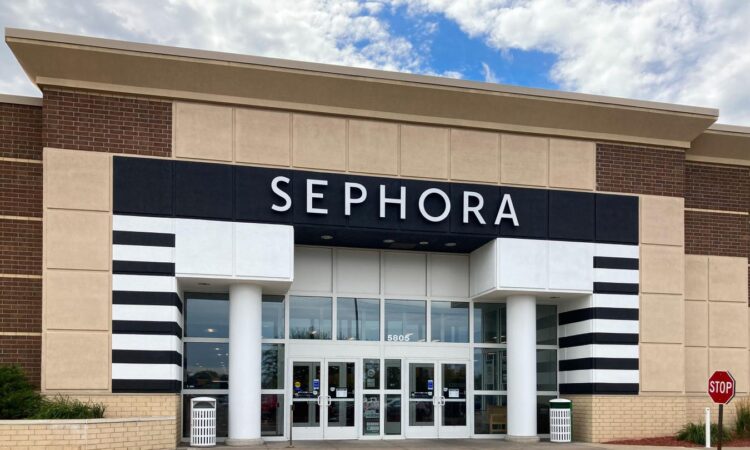
U.S. retail sales were down 0.8% in January compared to December as consumers pulled back spending. “January retail sales report suggests that consumers are being cautious about their spending despite a gradual uptick in consumer confidence. Overall, occupancy rates and demand for physical space remain healthy, and the marketplace industry is on solid footing. As stores continue to be a driver of positive performance, retailers are leaning into their physical footprint and modernizing online offerings to entice consumers to spend in the months to come,” stated Tom McGee, CEO of ICSC. Although consumer demand was soft in January, some categories fared well including discount, specialty, and beauty, with major retailers investing heavily in physical retail.
Physical Store Investments Continue In 2024
WalmartWMT announced recently its plan to add 150 large-format stores over the next five years and will continue its expansion of Sam’s Club with 30 new warehouses in the U.S. The company will be remodeling 650 stores across 47 states and Puerto Rico in the next 12 months, according to John Furner, president and CEO, Walmart U.S.. The company already has more than 4,600 stores across the country, and nearly 600 Sam’s Club warehouses.
Dick’s Sporting Goods continues its investment in physical stores as executive chairman Edward Stack discussed at the NRF Show in January. Revenue for the company was up 3.8% through the first three quarters of 2023 (fourth quarter and full year results have not been released).
“Sephora achieved another historic year, both in terms of sales and profit, continuing to gain market share through its distinctive, innovative range of products and services,” said Bernard Arnault, chairman and CEO of LVMH Moët Hennessy, in its earnings presentation. The company plans to continue its store expansions throughout the U.S. and maintain its strong partnership with Kohl’s.
Year-Over-Year Sales Performance
Total fiscal sales from February 2023 to January 2024 were up 2.8% compared to 2022, while the consumer price index (CPI) outpaced retail sales with a 12-month rolling increase of 3.1%. Consumer prices for energy were down 4.6%, however, non-discretionary spending is being impacted by increases in the shelter (up 6%), transportation services (up 9.5%), and food (up 2.6%) categories.
“While inflation has receded from its 2022 peak, grocery prices remain high, with a ‘grocery basket’ that cost $100 in December 2019 now averaging $125.51 according to data from the Bureau of Labor Statistics,” said Jonathan Silver, founder and CEO of Affinity Solutions.. “The emotional toll of these prices is evident, with a recent Axios survey revealing 59% of shoppers feel negative emotions, predominantly anger, during grocery trips, and 72% citing groceries as the primary area where they experience the impact of inflation.”
Nonstore sales (including digital and catalog sales) were up 7.9%. “The robust growth in the online sector underscores a consumer trend favoring convenience, with incentives such as complimentary shipping and hassle-free returns proving to be key differentiators in attracting shoppers to online platforms,” said Silver.
Cooler Sales In January
January sales showed a pullback in consumer spending across major discretionary spending categories including department stores, furniture and home stores, electronics and appliance stores, and home improvement stores. “In the face of fluctuating economic tides, 2024 is shaping up to be a year of strategic consumer adaptation, with spending increasingly channeled into health and personal care and online retail — the clear forerunners in a retail landscape where convenience and well-being take center stage,” said Silver. While the importance of digital commerce remains a clear priority for retailers, many continue to invest in physical store locations, creating a hybrid shopping experience that will drive customer loyalty.
Beauty And Wellness Remain A Prominent Category For 2024
The beauty sector has continued to grow in the U.S. market. “Our data indicates a significant 9.7% year-over-year growth in wellness-related sales in January, aligning with McKinsey’s research that 58% of U.S. consumers have placed a higher priority on wellness now compared to a year ago. As consumers proactively take care of their health and seek innovative solutions, we anticipate this category continuing to grow for the foreseeable future,” said Silver.
There is a continued focus on health and wellness, explained Silver. “Post-pandemic, the ‘new year, new me’ mentality may be an all-year trend now. As such, the wellness category will see continued growth in 2024 as consumers spend heavily on health and wellness products.”






